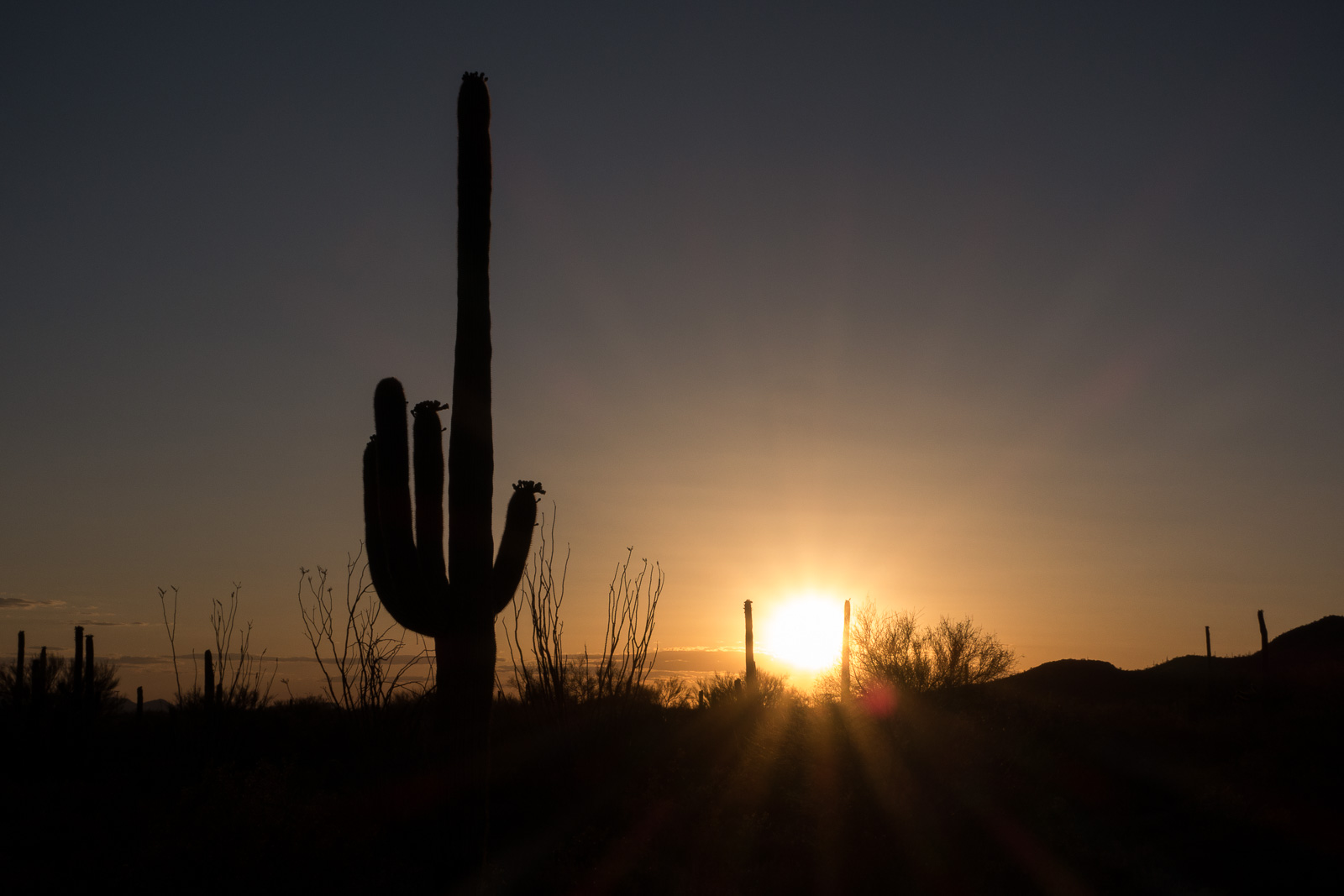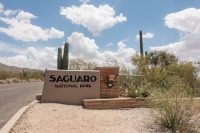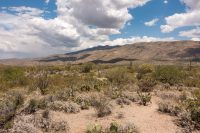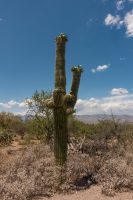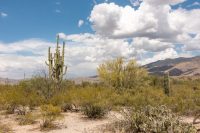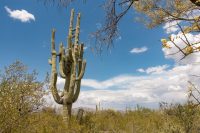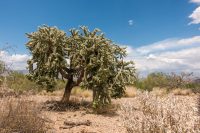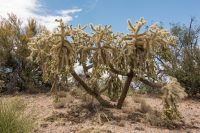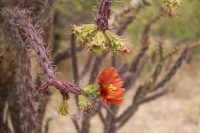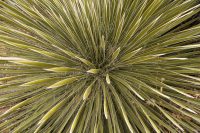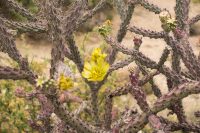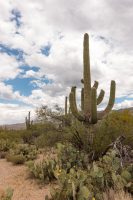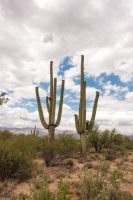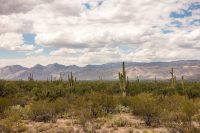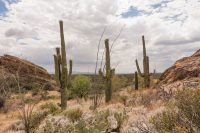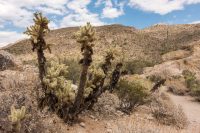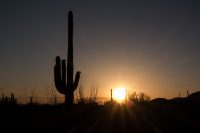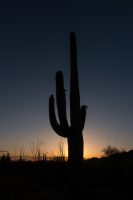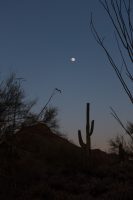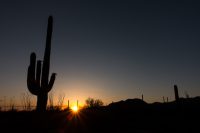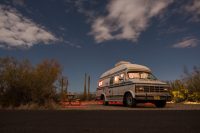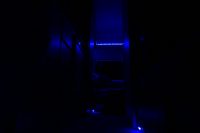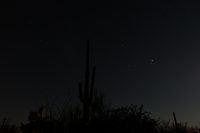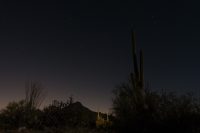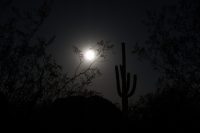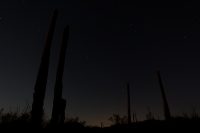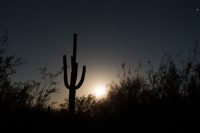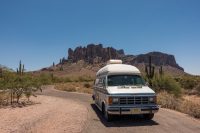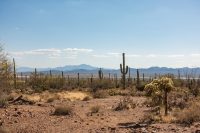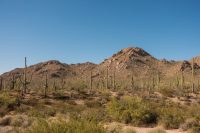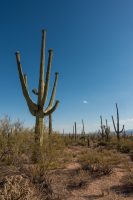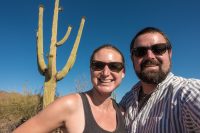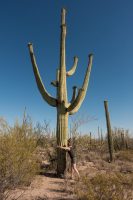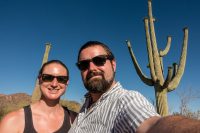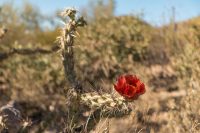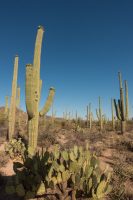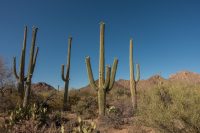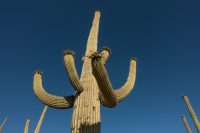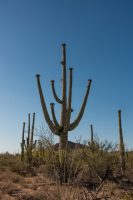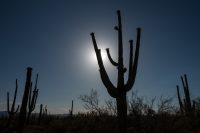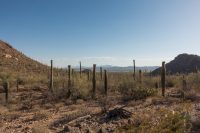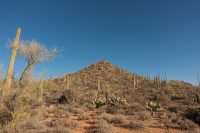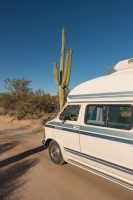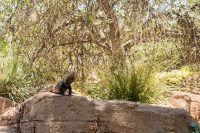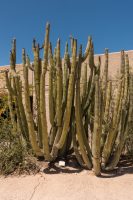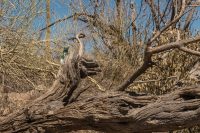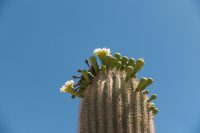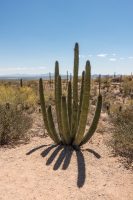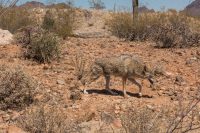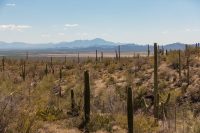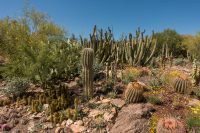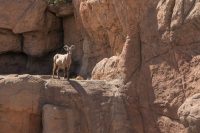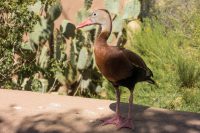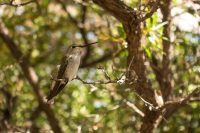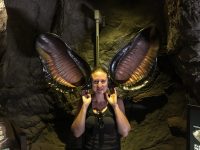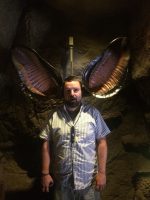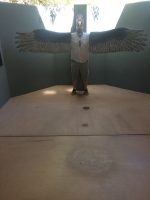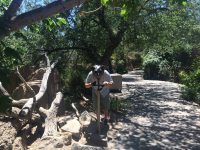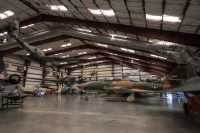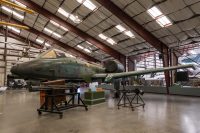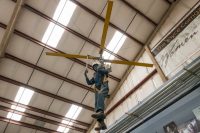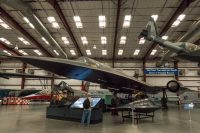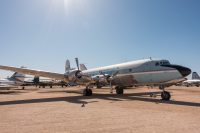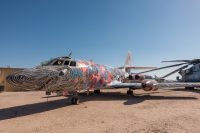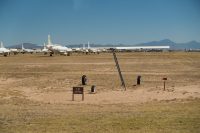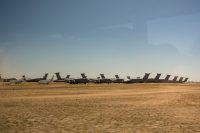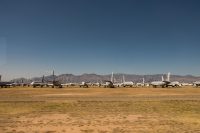May 17 – 20, 2016: Saguaro National Park was formed to protect the giant saguaro cacti. Saguaro cacti are thought to be symbol of the southwest although saguaro cacti are actually only found in the Sonoran desert of Arizona, the Mexican state of Sonora, and Whipple Mountains and Imperial County areas of California.
The park is comprised of two areas, Saguaro West (Tucson Mountain District) and Saguaro East (Rincon Mountain District), separated by Tucson.
We kicked off our visit in the Rincon Mountain District where we completed an eight mile scenic drive, stopping at overlooks, and to do a short quarter mile desert nature walk.
FUN FACT: Saguaros grow slowly and can live a long time. After fifteen years, saguaros may not even be twelve inches tall and they will not develop arms until they are at least seventy-five years of age!
Camping within park boundaries is only possible with a backcountry permit; however, nearby Pima County Gilbert Ray Campground provides for much the same atmosphere, complete with saguaros, as the park.
Our visit to the Tucson Mountain District, also included a scenic drive and a short discovery trail. In my humble opinion, the saguaro cacti on this side where much more abundant and simply looked prettier.
We also spent almost a full day at the Arizona-Sonora Desert Museum learning about the flora, fauna, and wildlife that exists within the Sonoran desert (most of which is hidden from the common visitor and observer). The museum is primarily walking trails, both indoors and outside (you know it’s hardcore when there’s free sunscreen in the restrooms). Highlights included viewing: coyote, black bear, blue heron, spotted skunk, porcupine, gila monster (one of only two venomous lizards – the other is the komodo dragon which we saw on our visit to Komodo Island in Indonesia in 2014!), river otter, lots of snakes, and hummingbirds. Although we were unable to spot them, there is also mountain lion, ocelot, and javelina.
ANOTHER FUN FACT: You’ll notice that many of the trees appear to have green bark. In this desert environment, the palo verde has adapted by moving the chlorophyll to the bark, allowing photosynthesis to continue after the tree has shed its leaves during hot, dry periods.
In addition to checking out the natural landscape surrounding Tucson, we also paid a visit to the Pima Air & Space Museum to pay our respects to man-made achievements. General admission provides access to the outdoor tarmac as well as the hangars filled with aircraft and associated memorabilia.
In addition we purchased tickets for the bus tour to the ‘boneyard’. This site is located at the adjacent active Davis-Monthan Air Force Base and is where aircraft are sent for maintenance and regeneration (AMARG facility). The tour includes a view of over 4,000 aircraft in varying degrees of storage, regeneration, or recycling, from the U.S Air Force, Navy-Marine Corps, Army, Coast Guard, and NASA.
Planes and military stuff isn’t really my thing so I can’t say that the museum was amazing or anything. However, I had no idea that Michael likes this stuff as much as he does; he was thoroughly enthused by the aircraft and exhibits. Perhaps he’ll add information to this post at a later date…
Lastly, whilst in Tucson we stopped in at Dragoon Brewing Company and Barrio Brewing Company.
Accommodation:
- Tucson / LazyDays KOA, Tucson, Arizona, United States
- Gilbert Ray Campground, Tucson, Arizona, United States
TIP: The HotelTonight iOS app, Android app, or HotelTonight mobile website is great for locating last-minute deals in larger cities, such as Tucson, around the world. Enter the promo code MMELLI for $25 off your first booking!
TIP: If you’d prefer to book in advance and explore Tucson or Saguaro National Park without having to camp, check out these Tucson, Arizona accommodation options.
